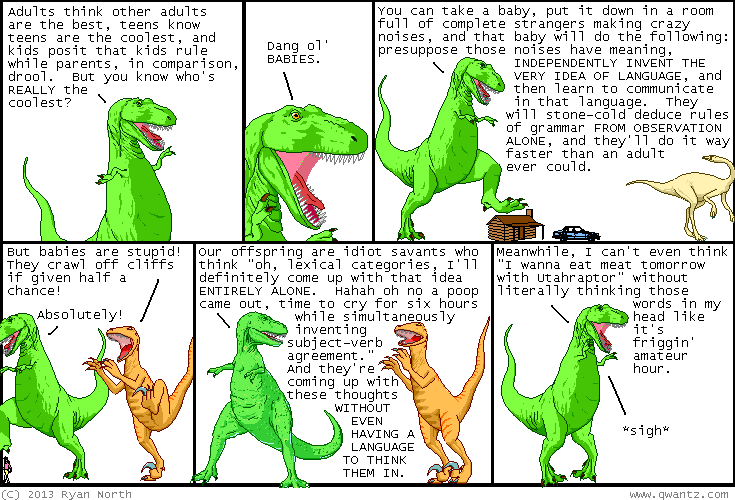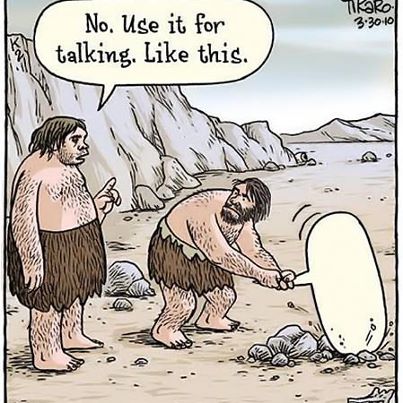…is the name of
a new blog about cognitive science and literature. The author,
Raphael Lyne, says he “will be tempted to see literary works as experiments into cognition, as they set up scenarios in which certain qualities can be explored.”
There are already interesting posts
on social cognition (posing the question “When we think together, do we think differently?”) and
on spatial understanding of time.
The latter suggests that the Spenserian stanza, which has “more lines than other common forms, and an extra couple of syllables in the last line […] often seems to distend duration.” That made me think of a perhaps related phenomenon – how the rhythm of cuts in films affects time perception. For example, Donald Ritchie and
David Bordwell both point out that Ozu’s cuts rarely interrupt dialogue, and Ritchie says that:
The tempo of the Ozu film […] is extremely subtle. […] in film the idea of tempo is complicated by the content of the shot: an empty shot seems to move more slowly than a shot filled with action, even if it is the same length. […] Ozu’s time is not clock time, though many of his sequences would have taken the same amount of time they take on the screen. His conversations […] are composed of a number of shots all about the same length (the length depending entirely upon the length of the spoken line), but the effect (perhaps because of the “empty” waits before and after dialogue) is not that of clock time at all. […] the effect becomes that of psychological time. As the characters experience film time, so do we.[…] the tempo is created by what is in the shot. (pp. 181–2 of Richie, D. (1974). Ozu. Berkeley: University of California Press.)
I wonder if
Bordwell’s cognitive science collaborators have done work on time perception.
Lyne suggests the fairies in
A Midsummer Night’s Dream do not experience time as a straight line: “forward progression [is] a mortal way of thinking about time” and:
Fairies like to dance in rings, and they like to circle the earth. Puck promises to put a girdle round it in forty minutes, and Oberon says that he and Titania ‘the globe can compass soon’. When Titania lies down with Bottom, she imagines herself capturing the moment, and also the period of sleep, in natural circles
But, he says, “I don’t think it’s as simple as saying ‘for immortals, time is cyclical’. It might be helical.” Which of course reminds me of Delaney’s
Time Considered as a Helix of Semi-Precious Stones. But also, perhaps more relevantly, of Diane Wynne Jones’
Fire and Hemlock, which is about mortals caught up with the immortal fairy queen and her court, and is considerably indebted to Spenser. Jones wrote that in order to organise the shifts of the action between the mundane and the supernatural (which she says she learned from Spenser’s shifts between overt allegory and subtle correspondences):
I found that the narrative moved in a sort of spiral, with each stage echoing and being supported by the ones that went before. I had to work very hard […] to make sure the echoes were not repetitions (p. 137 of Jones, D. W. (1989). The heroic ideal – a personal Odyssey. The Lion and the Unicorn, 13(1), 129-140.)
Somewhere else, she explains that this is so that the narrative can build up in waves, each of which partly recapitulates what has come before, but some of which go on beyond and push the story forward.


